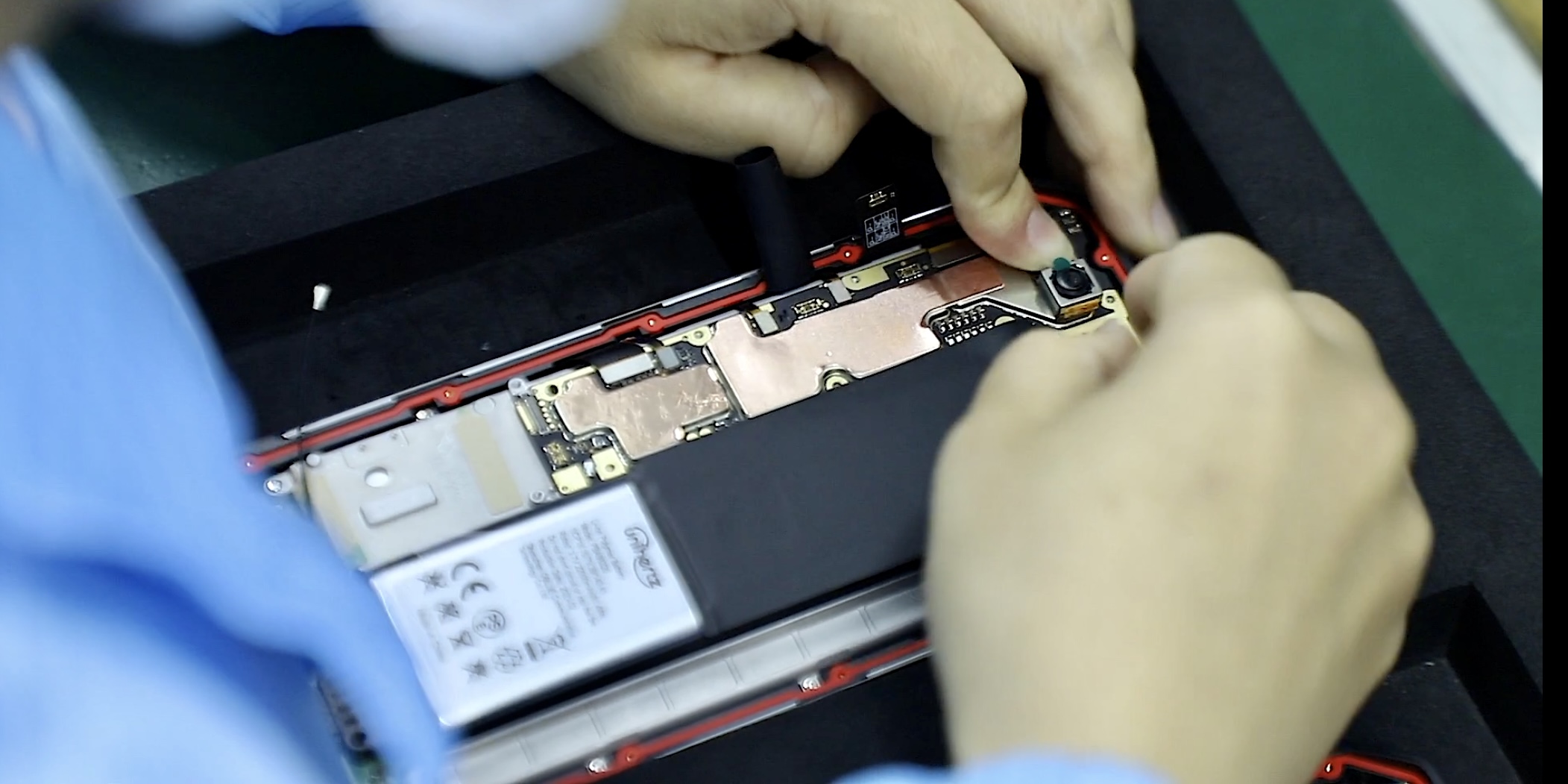How much more are we paying for smartphones?

- 8849tech
Share
Follow us
You’ll be the first to know when it’s updated
Smartphones have become an integral part of our lives, serving as a primary means of communication, entertainment, and productivity. However, as smartphones have become more advanced and feature-packed, their prices have skyrocketed, leaving many people wondering if they are overpaying for their devices. This essay will explore the factors that contribute to the high cost of smartphones and whether or not we are indeed overpaying for these devices.
One of the primary factors driving up the cost of smartphones is the research and development that goes into creating advanced technologies and features. Companies like Apple and Samsung invest heavily in research and development to create cutting-edge features such as facial recognition technology, high-resolution cameras, and augmented reality capabilities. This research and development process is not cheap, and the costs incurred are passed on to consumers in the form of high prices for the devices.
Another factor driving up the cost of smartphones is the marketing and advertising campaigns that companies use to promote their devices. Companies spend billions of dollars each year on advertising and marketing campaigns that highlight the latest features and capabilities of their devices. These campaigns not only increase brand awareness but make consumers believe that they need the latest and greatest device to keep up with technology trends.
Additionally, the economics of scale also contribute to the high price of smartphones. Smartphone manufacturers need to produce devices in large quantities to achieve economies of scale and keep production costs down. However, if a particular model does not sell as well as anticipated, the company has to recoup the cost of production by increasing the price of the device, which ultimately falls on the consumer.
Another contributing factor is the rising cost of raw materials used in the manufacturing of smartphones. Components like processors, displays, and wireless chips require rare metals and minerals, such as cobalt and lithium, which have seen a significant increase in price in recent years. This has led to an increase in the overall cost of smartphones, which is passed on to consumers.
Despite all these factors, the question remains: are we overpaying for our smartphones? The answer to this question is subjective, as it ultimately depends on an individual’s usage and needs. For someone who needs a device with advanced capabilities and features, the cost of a smartphone may be justified. However, for someone who only needs a device for basic communication and browsing purposes, the high price of a smartphone may be unnecessary.
Moreover, as technology continues to advance, the lifespan of smartphones has increased significantly. Gone are the days when consumers had to upgrade their devices every year to keep up with the latest trends and features. Many devices remain viable for several years, and in some cases, a well-maintained smartphone can last five years or more.
In conclusion, the high cost of smartphones is driven by several factors, including research and development costs, marketing and advertising campaigns, the economics of scale, and the rising cost of raw materials. While the cost of smartphones may seem exorbitant, it ultimately comes down to an individual’s usage and needs. As technology continues to advance, the lifespan of smartphones increases, making upgrading less frequent and potentially justifying their high cost.









